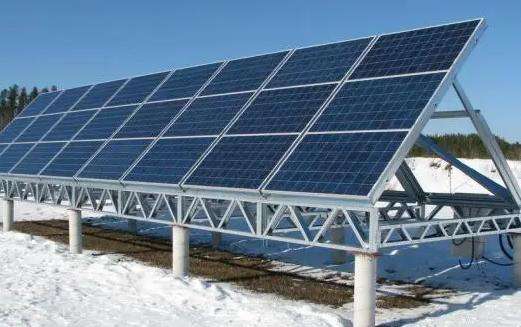1. Release static electricity to prevent lightning strikes;
2. Scare birds and prevent birds from building nests. Nesting materials collected by birds may contain conductive substances, such as wires, etc. which may fall on high voltage lines can cause short circuits between lines or between line pylons (earth). If you look closely at the small windmill, there is a strong reflection on one side when it rotates, which can have a better scaring effect for birds. If it's for heat dissipation, it won't run on windless days when heat dissipation is most needed. On windy days, it will rotate when it can naturally dissipate heat. Therefore, it is absolutely not used to dissipate heat.
What effects and harmful effects does wind have on humans?
I am committed to energyelectricity and energy. I will explain it to you systematically, trying not to use professional language, lest you understand. Most power plants harm the environment or ecology. such as hydroelectric power generation and water use by opening the turtle dam. The height difference and gravitational potential energy rotate the turbine, and the rotating magnetic field and stator intersect the magnetic field lines to generate an induced electromotive force. Hydroelectric production destroys the ecological balance. Wind power generation also uses wind energy to turn the blades, which will disrupt the direction of the wind, but this should not impact rain as it has virtually no impact. little impact cannot overcome nature's climate changes. In addition, the wind energy production that you have mementioned has a magnetic field, but did you know that wind power generation is one of the power plants with the lowest energy production capacity? can generate up to 0.5 MW means its magnetic field cannot affect Jiyun. I hope my answer will be useful to you. If you don't understand, you can ask more.
Why wind turbine blades. so thin?
< p>Advantages: It can promote the exchange of dry, cold and warm, humid air. Long ago, humans learned to make windmills and use wind power to pump water and process food. Today, people also use windmills to generate electricity. Wind can mix and balance a wide range of heat and water vapor, adjust air temperature and humidity, send clouds and rain to distant places, and complete the cycle of water on Earth.
Inconvenients: Wind often brings disaster to humans. Storms, typhoons and hurricanes can flood farmland, collapse houses and interrupt water supplies and electricity. Tornadoes can destroy large areas of buildings, leaving damage in their wake. In addition, the wind will also stir up sand and dust, forming sandstorms that are harmful to the human body, and will also cause the desert to move and create deserts.
Detailed information:
Pay attention to fire prevention. The wind is strong and the material is dry, and the risk of fire is high. Pay attention to fire safety in windy weather. It is necessary to strengthen the cleaning of flammable materials and keep them away from fire sources; it is strictly forbidden to burn wasteand straw outside to avoid fire accidents. Always check the environment for fire hazards and eliminate them in time once discovered.
To avoid the narrow tube effect. When walking or cycling, avoid taking long and narrow passages between high-rise buildings. The canal will form a narrow tube effect, and the wind force will increase in the canal, causing certain dangers to pedestrians.
Baidu Encyclopedia - Wind
The power unit of wind energy is W/m2 (Watts per square meter). The power of the wind when the average annual wind speed is equal to . 7 m/s It is 400 W/m2, which means that the longer the fan blades, the larger the swept surface (C=R2). The larger the area swept, the more wind energy it absorbs and the more electricity it generates. .
In simple terms, when the wind speed is constant, morethe blades are longer, more electricity is generated. Of course, you shouldn't stress it for too long, as problems can arise and it can be easily damaged.
The reason they are thin is to reduce the mass of the blades, otherwise they would be too heavy to be blown by the wind and produce electricity.














